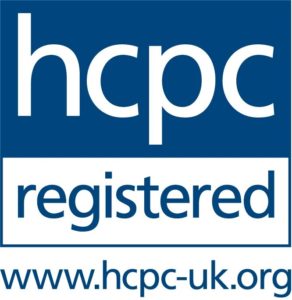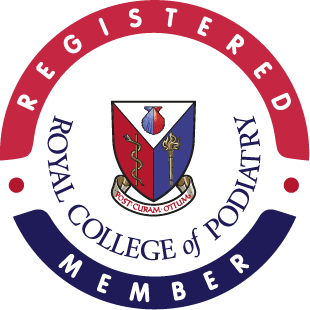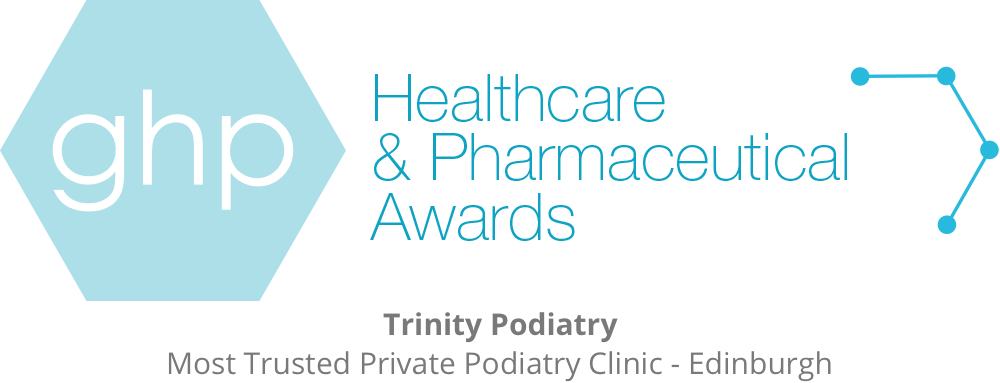SWIFT foot treatments in Edinburgh
Trinity Podiatry offer Swift verruca treatment, a new technology developed in the UK, which has been licensed for the general treatment of verrucae and warts in podiatry.
To benefit from this revolutionary treatment, give us a call.
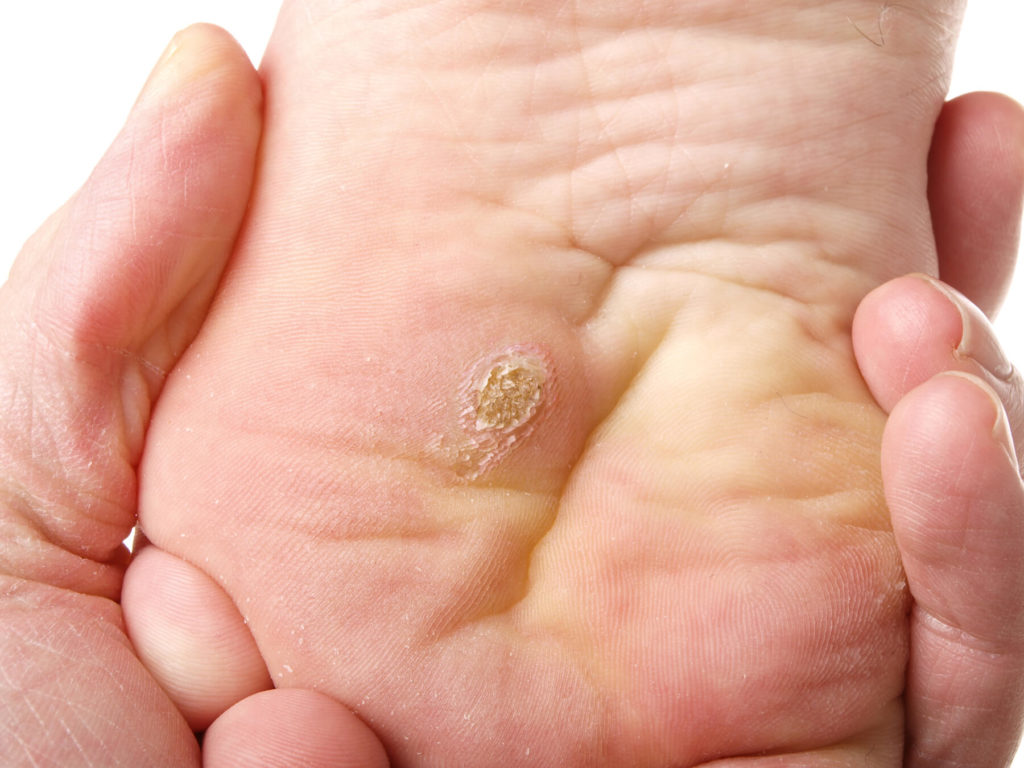
What are verrucas?
Verruca is the Latin word for wart. There is no difference between a verruca and a wart and the terms are interchangeable usually depending on location. There are approximately 150 different human papilloma viruses (HPV) some rare, others more common, which causes warts on different parts of the body.
HPV have been with us for thousands of years and are highly adapted to human skin and mucosa. Warts/verrucae may have many presentations and can appear on any epidermal surface. They are generally transmitted via direct contact, but may also transmit indirectly.
However, the virus will not affect tissues deeper than the basal (bottom) layer of the epidermis. At Trinity Podiatry our Podiatrists may treat warts/verrucae on the hands and feet.
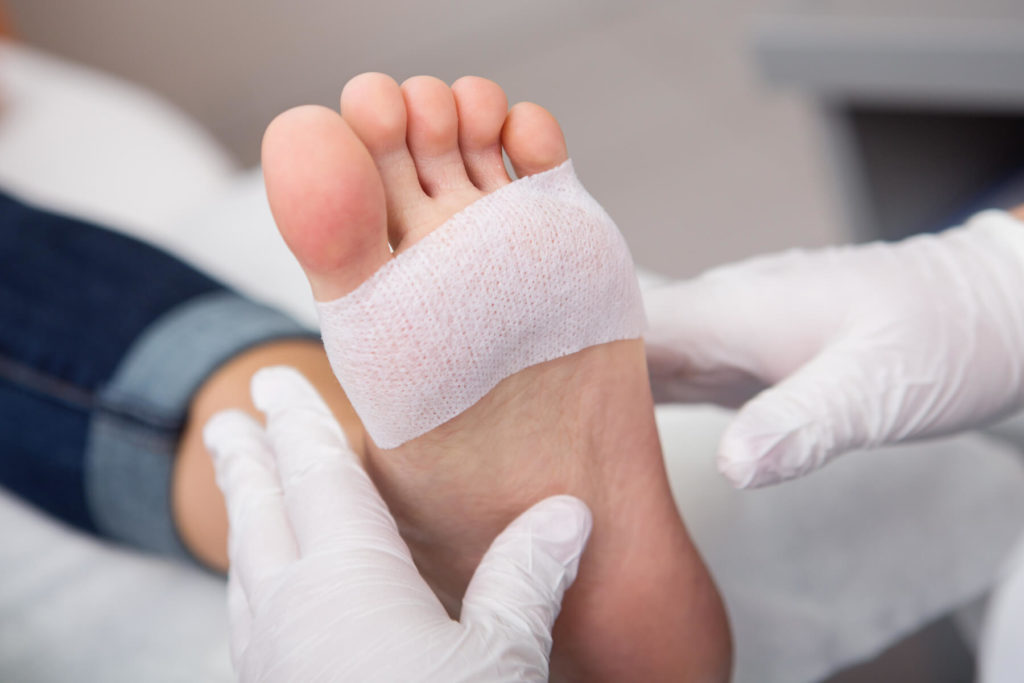
Swift treatment precautions
If any of the following apply to you, speak to your Podiatrist before the treatment:

